

 subscribers
subscribers

A wall mounted shower seat is a fixed or folding seat attached to the wall of a shower recess or bath. Useful for people who require a seat when showering and where shower space is limited. Fold up feature creates space for other users who do not require a seat or use alternative equipment.
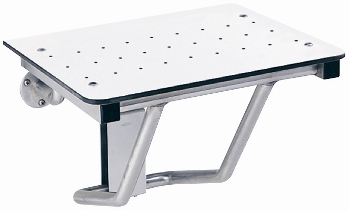
A folding one piece shower seat with a matte finish melamine seat that has integral holes for water drainage. It is secured to the stainless steel frame with stainless steel carriage bolts and acorn nuts. This model complies with Australian Standards.
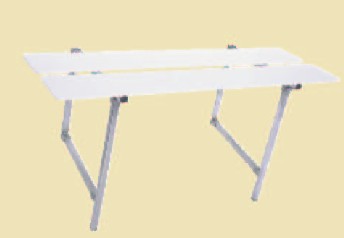
A range of folding shower seats. Rectangular, barrier free and corner models are available. They have a stainless steel frame with a choice of a wooden or melamine plastic seat. One model complies with Australian Standards.
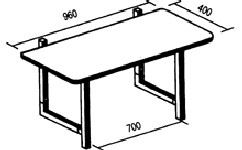
A range of wall mounted stainless steel and plastic shower seats which fold up against the wall when not in use and feature drop down legs. Available in a range of sizes and models. Models which comply with design, strength and dimension requirements of AS1428.1 - 2001 are available.

A wall mounted, white plastic slatted shower seat with aluminium support struts and aluminium wall fixing bracket. Available in white colour only and one size.
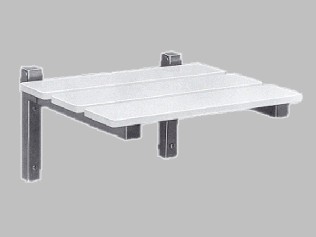
Folding wall mounted shower seats with a stainless steel frame. The seats have three epoxy coated aluminium slats. A safety spring clutch mechanism helps to secure the seat in a fold up position and slow the rate of descent. Two models of which the dimensions of the larger model comply with AS1428.1 requirements.
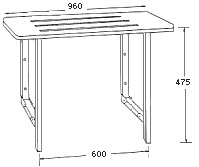
A range of wall mounted fold up shower seats in a variety of styles and sizes. They are made from white acrylic. Most models have drain slots. Two models have support legs which extend to the floor. Other models do not have legs which enables them to be installed at any height. Fixing screws are included. One model (506) complies with Australian Standards.

A heavy duty folding shower seat made from solid heavy duty plastic. It can take loads up to 175kg.
Copyright © 2009-2013 Independent Living Centre NSW.
Site designed by the Human-Computer Interaction Laboratory, School of Computer Science and Engineering, University of New South Wales.